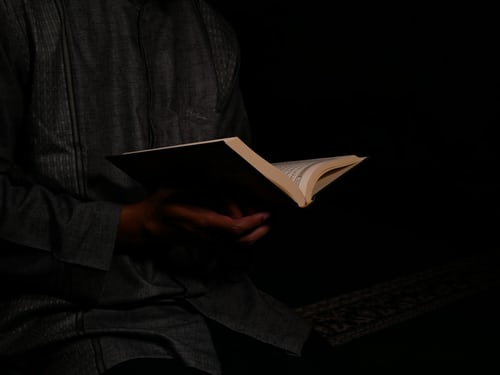Inspiring Older Readers
 posted on 25 May 2016
posted on 25 May 2016
Beethoven for a Later Age: The Journey of a String Quartet by Edward Dusinberre
Beethoven for a Later Age: The Journey of a String Quartet is the story of the Hungarian Takacs Quartet, written by Edward Dusinberre, the British violinist who joined the quartet in 1993, replacing its original first violinist and founding member, Gabor Takacs-Nagy.
In reviewing this book, the writer Philip Roth called it a “richly detailed portrayal of the intimate workings of a great string quartet” and he is absolutely right. If you want to know more about how the Takacs works, lives and grows together, its economics (how does it buy its instruments? how much do world class recordings cost?), or its practice and rehearsal regime, then you will find this book fascinating.
But it isn’t just the “biography” of a string quartet. It is a much more complex and arguably more sophisticated book than that. What Dusinberre has done is to use the sixteen Beethoven string quartets as an armature on which to construct his narrative. He also uses the chronology of the composition and performance of Beethoven’s early, middle and late quartets to mirror the chronology of the Takacs Quartet itself – his personal development and adoption into the quartet as well as the wider development of the quartet itself over roughly a twenty-five year period.
I first came across this book by accident, when I heard it serialised on Radio 4. I stumbled on the omnibus edition and for the hour-and-a-quarter or so that it took to hear all five parts found myself absolutely spellbound. The great advantage of this serialisation was that it included the Takacs Quartet playing the music under discussion and it made for great, indeed classic, radio.
The Takacs Quartet was founded by four Hungarian students in Budapest in 1975. All four defected to Boulder, Colorado, in 1985, where the quartet took up a residency at the University of Colorado. The book covers the quartet’s early formative years (crisscrossing Europe in a knackered Ford Granada, the cello across the laps of the backseat passengers), Dusinberre’s more than twenty years’ service, the death from cancer of violist and founding member Gabor Ormai, and two further new recruits over the next decade or so.
All of this is set against the quartet’s lifelong dedication to mastering the early, middle and late string quartets of Beethoven, which Dusinberre sets in their historical, cultural, social and political context. This is not done entirely without some music theory, but you can read around it, I think, and still find a huge amount to enjoy in the book.
For example, while I knew that the Opus 59 middle quartets were commissioned by Count Razumovsky, the Russian ambassador to Vienna, I knew nothing of their Napoleonic Wars context. Their first public performance in 1805, for instance, took place in a Vienna occupied by Napoleon’s army (as it would be again in 1809), and Beethoven’s inclusion of Russian folk song themes in the quartets wasn’t just a nod to the patron who was paying for them, it may also have been a signal of his despair that the Austrian and Russian armies had failed to contain Napoleon.
If you are wondering where the title of the book comes from, it derives from a remark made by Beethoven himself. The string players who first attempted one of the Razumovsky quartets were beside themselves with frustration at the music’s complexity. The cellist threw the score to the floor and stamped on it. The first violinist – in the presence of the composer, no less – said the quartets were “not music”. “Oh,” Beethoven said dismissively, “they are not for you – they are for a later age.”
While I rarely listen to classical music, and even more rarely to the Beethoven string quartets, I know that after reading this I will return to them, and that when I do they will come alive as never before. And it will be thanks to Edward Dusinberre’s brilliant weaving together of history, art, autobiography and musical endeavour.
Alun Severn
May 2016